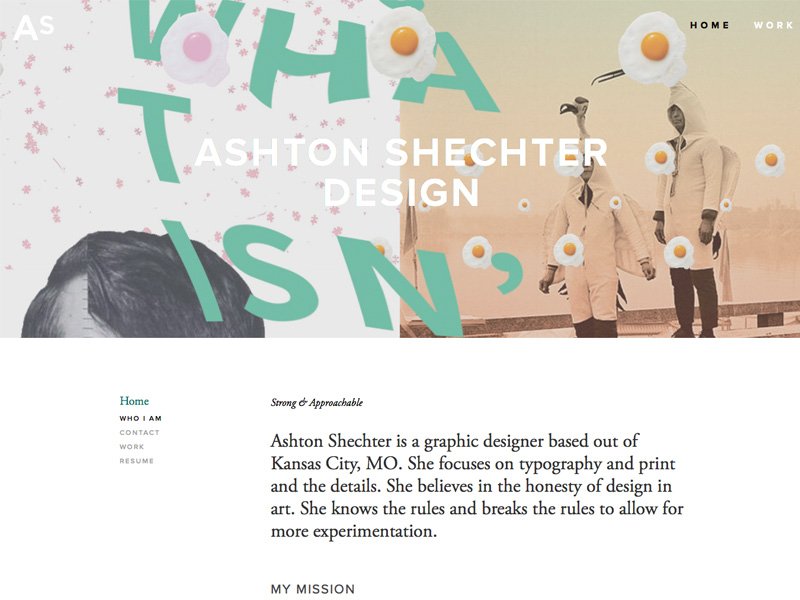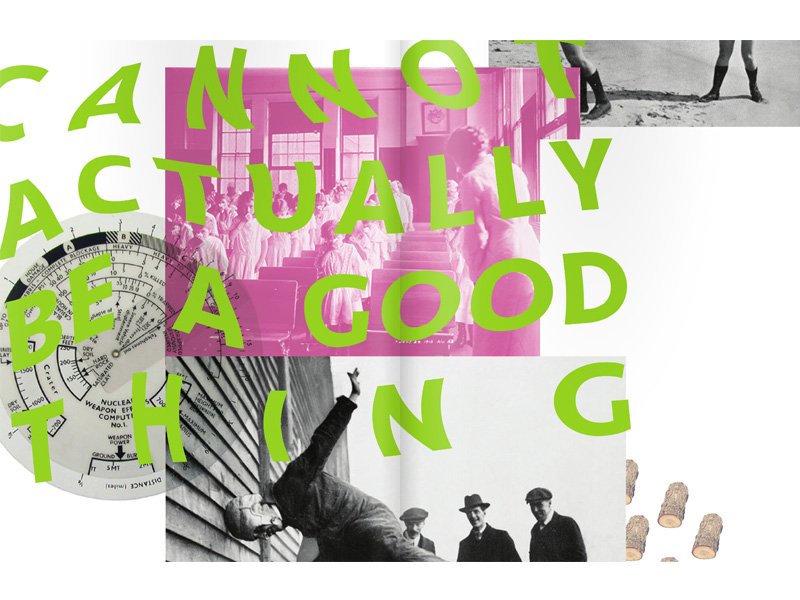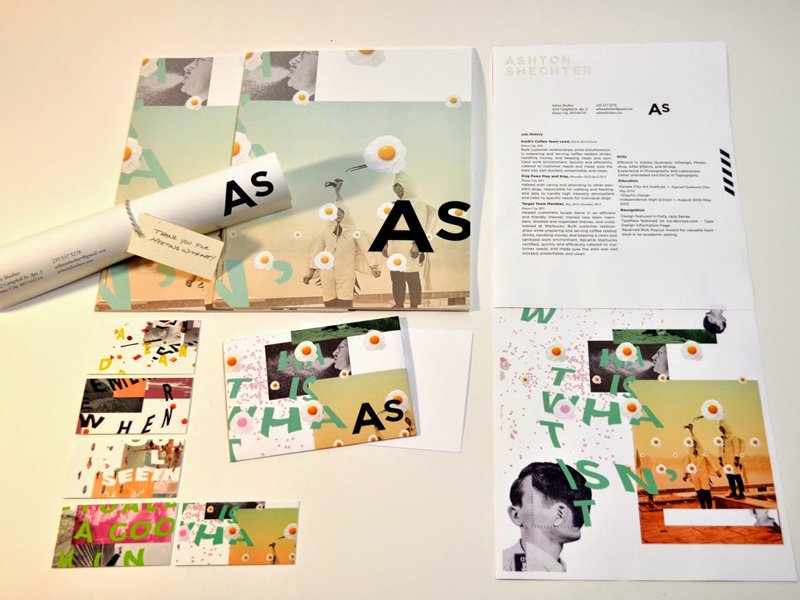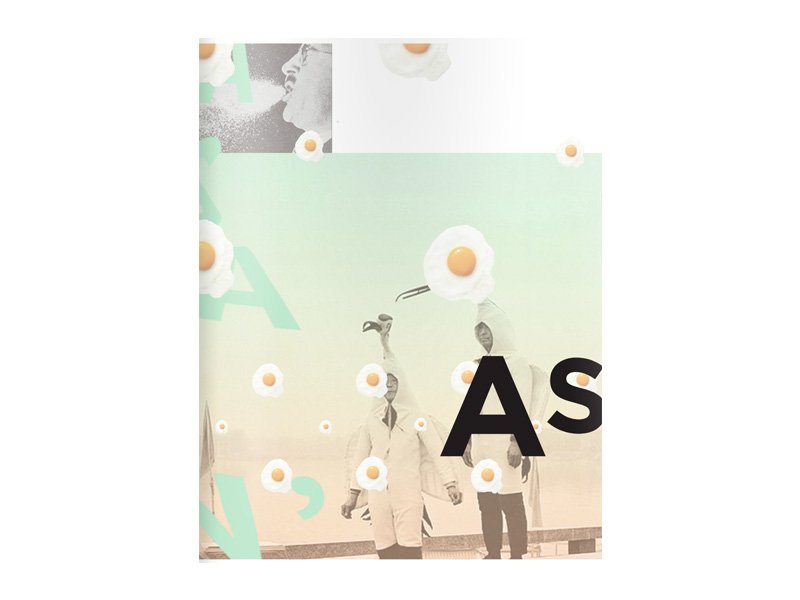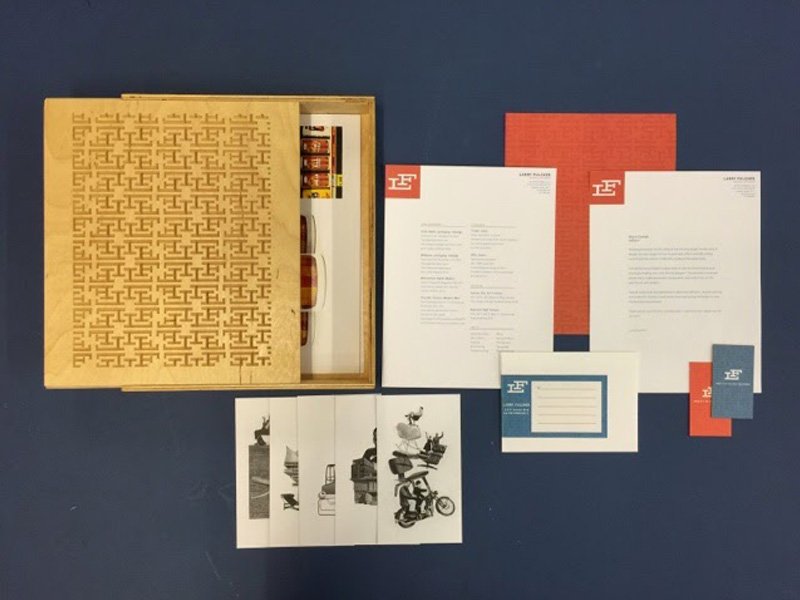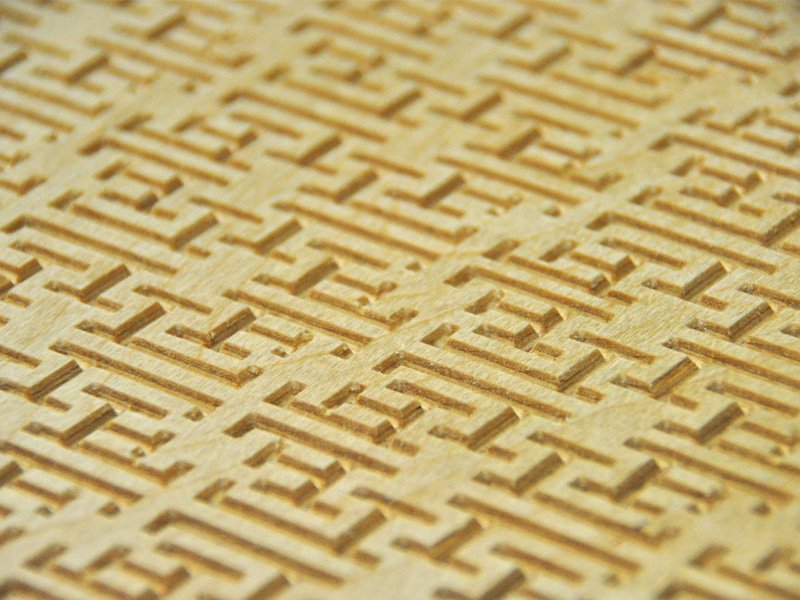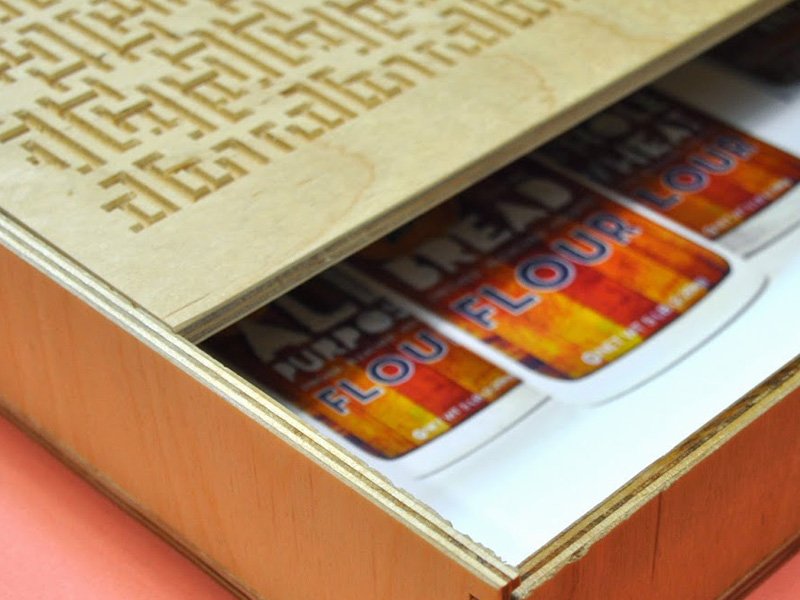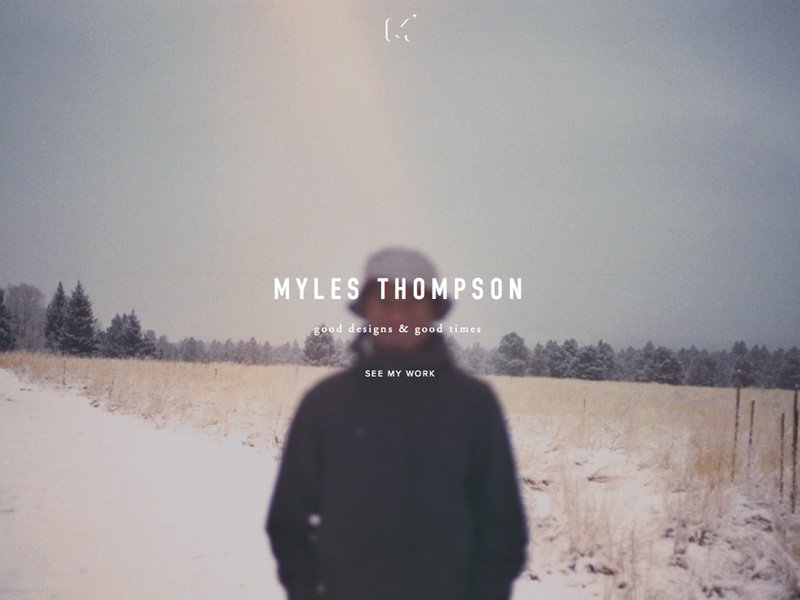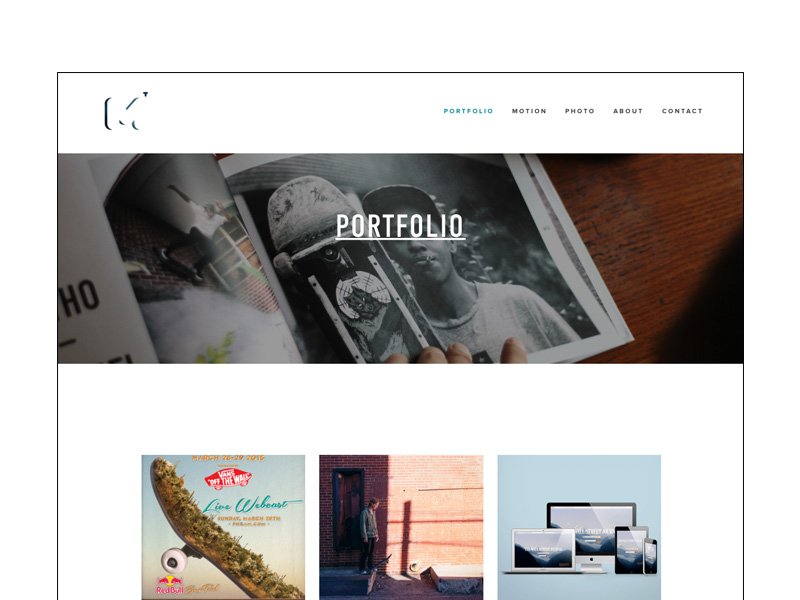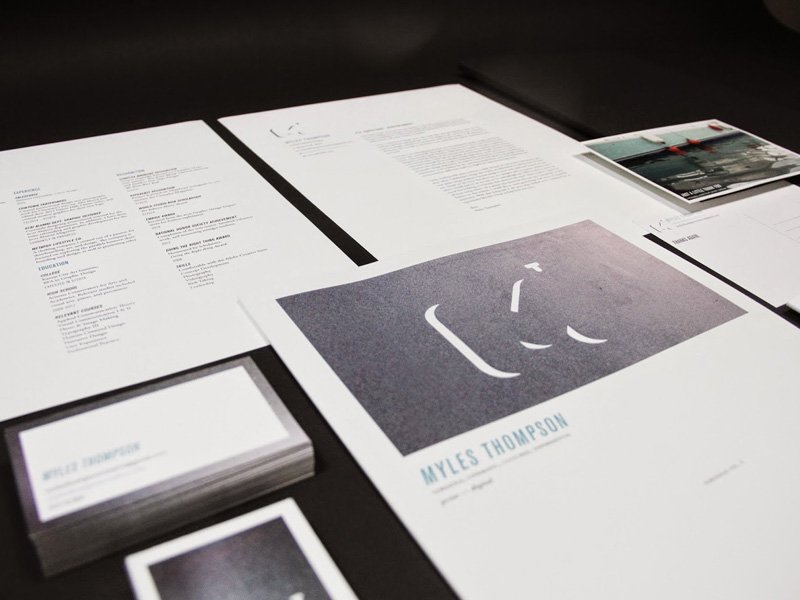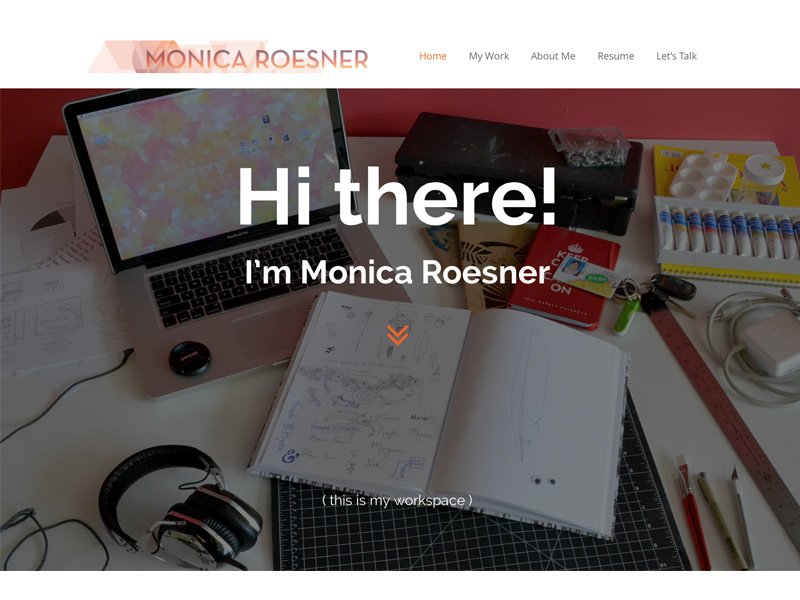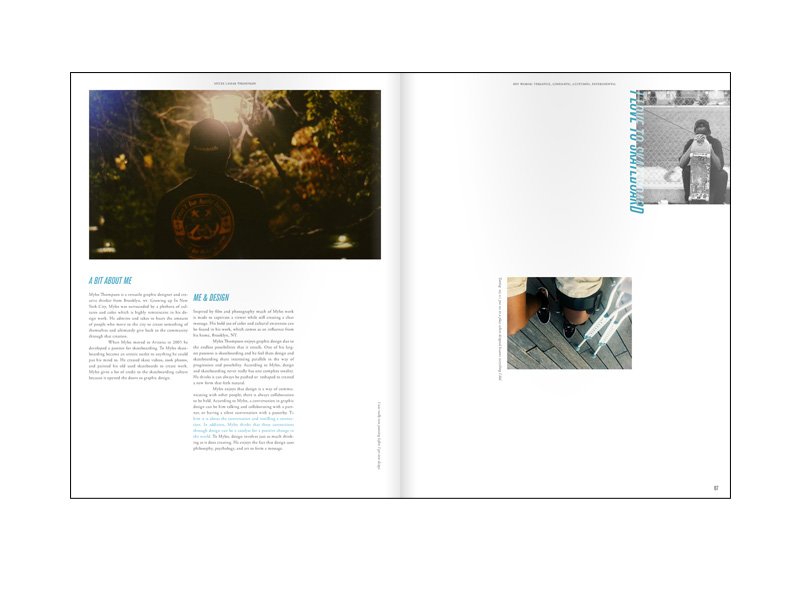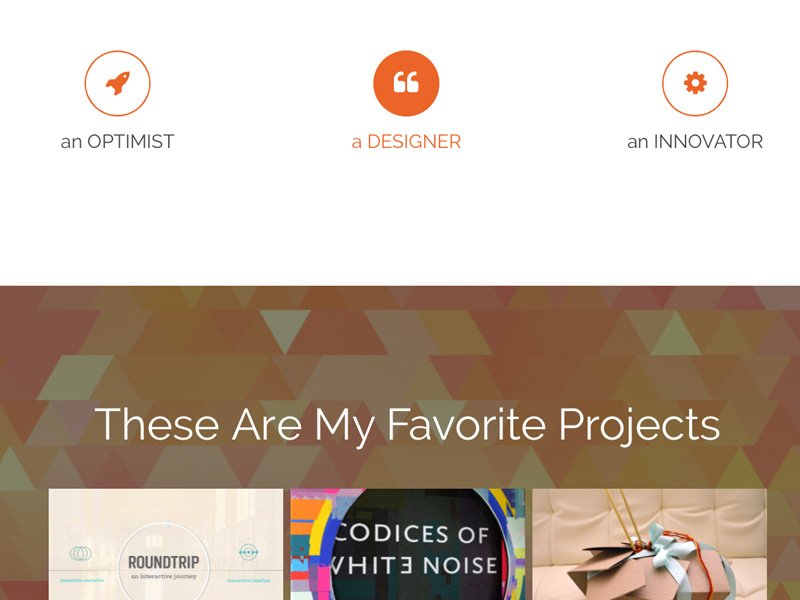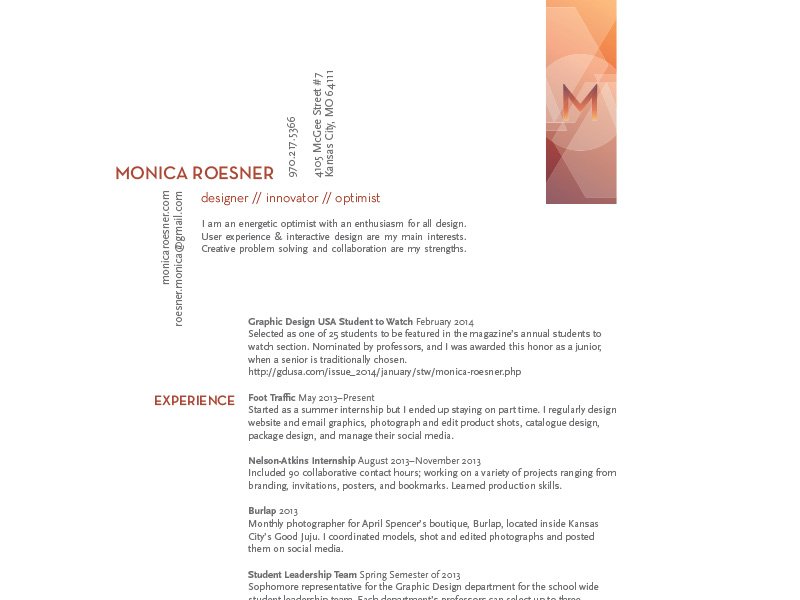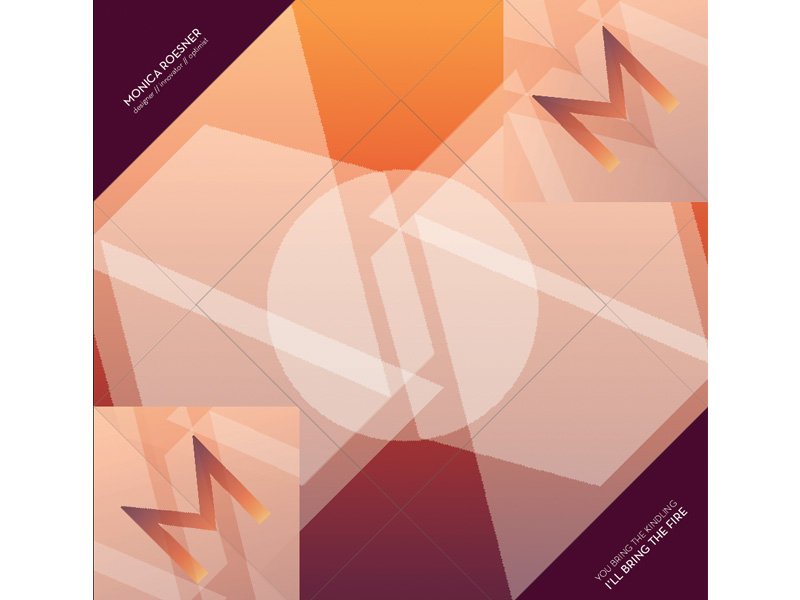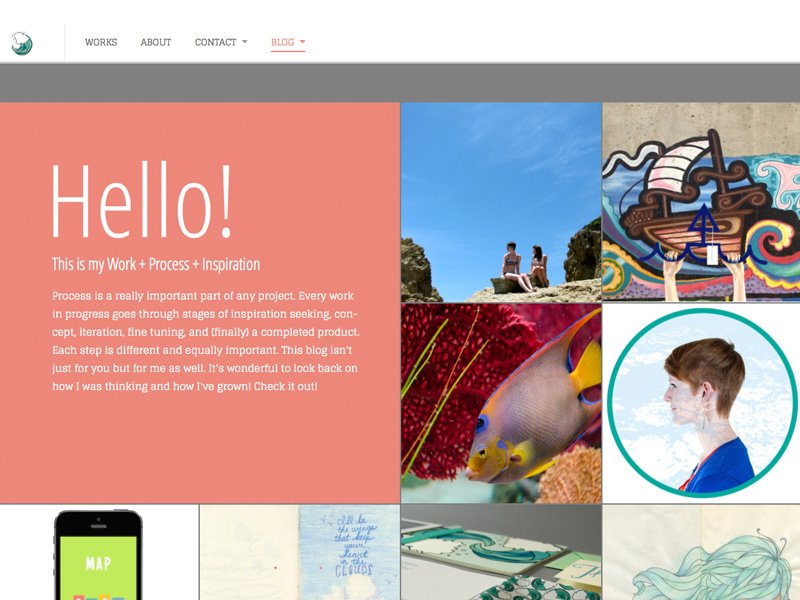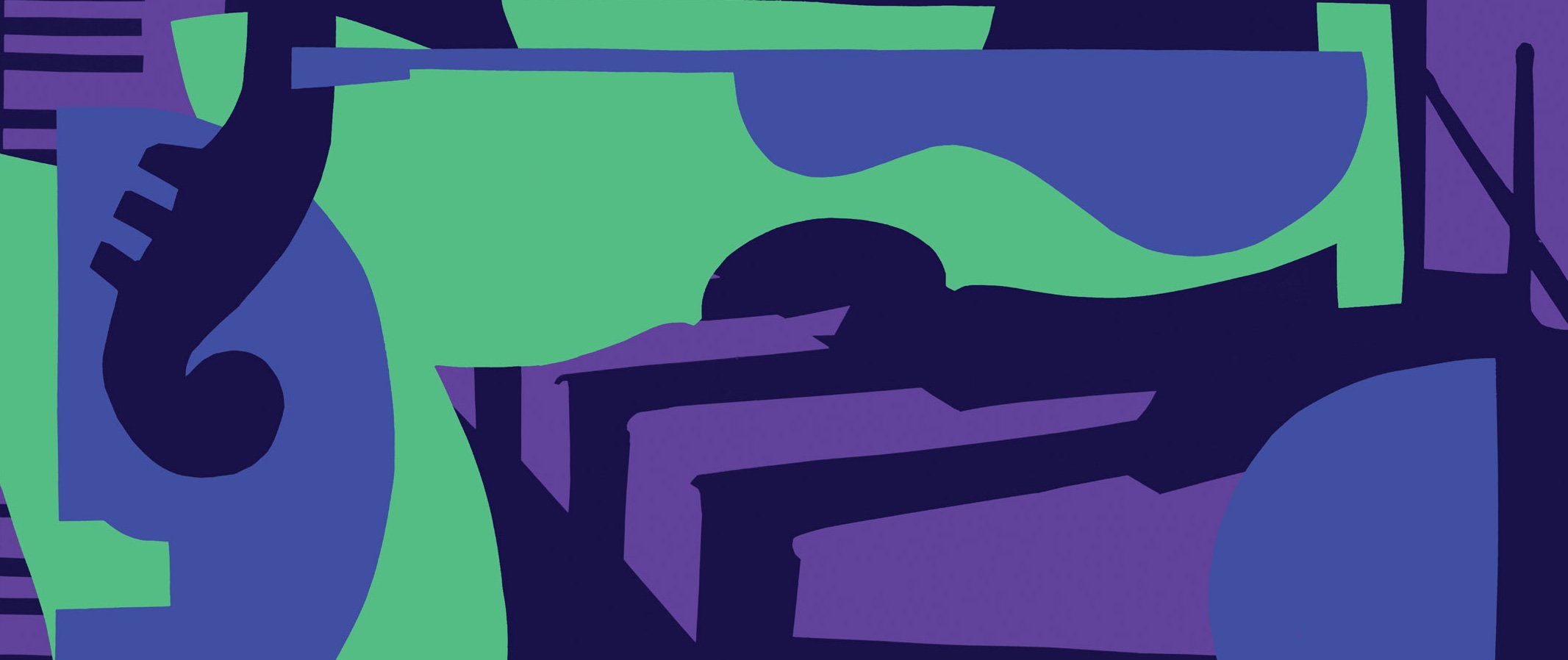
Junior Year
Human Centered Design
This studio explores the capability of graphic design to create meaningful messages and experiences for the user, whether purely visual, or possibly tangible. The dialogue between designer and audience is studied for the purpose of pragmatic and appropriate design decisions. Ethnographic design research methods (direct observation, writing, video, interview) and gathering audience information and feedback informs the design process. Class exercises will push initial experimentation through the sense of touch, with special consideration to human factors. Projects will address a spectrum of content from social to commercial and across a range of media.
Course objectives
Clearly communicate a message for the intended audience and context.
Visually communicate using logos, pathos, and/or ethos and rhetoric.
Exemplify refined and engaging illustration, typography, hierarchy, composition and color sensibilities that are project-appropriate.
Understand at a basic level the process for and value of user feedback.
Engage fully in the design process - research, conceptual and formal iteration and breadth, refinement, and preparing a professional presentation of final work to the client.
Design a cohesive, yet varied, system that is scalable across size and media.
Properly mangage files and properly prepare files for print and screen.
Reinterpret concepts across media types.
Address messaging hierarchy & legibility and engage viewers’ eyes across 3-dimensions.
Further develop presentation and craft skills – physical prototyping, digital and physical craftsmanship, project photography.
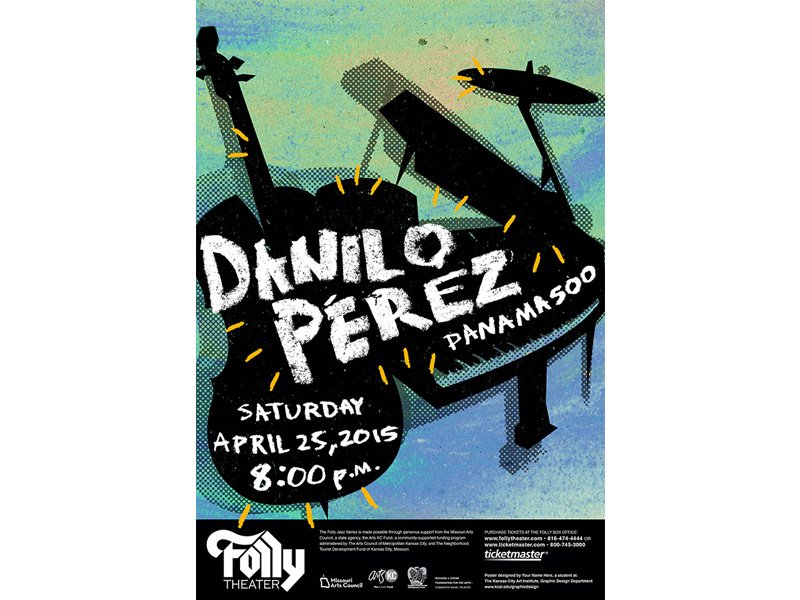
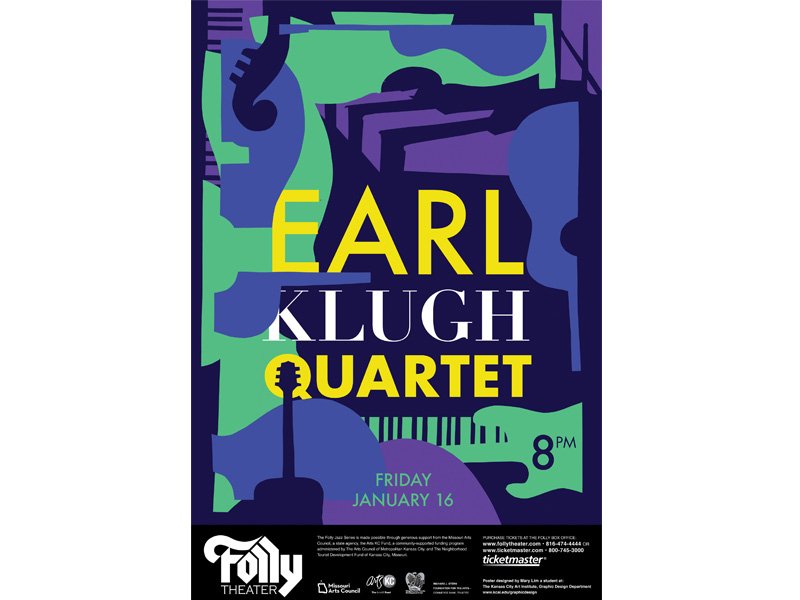
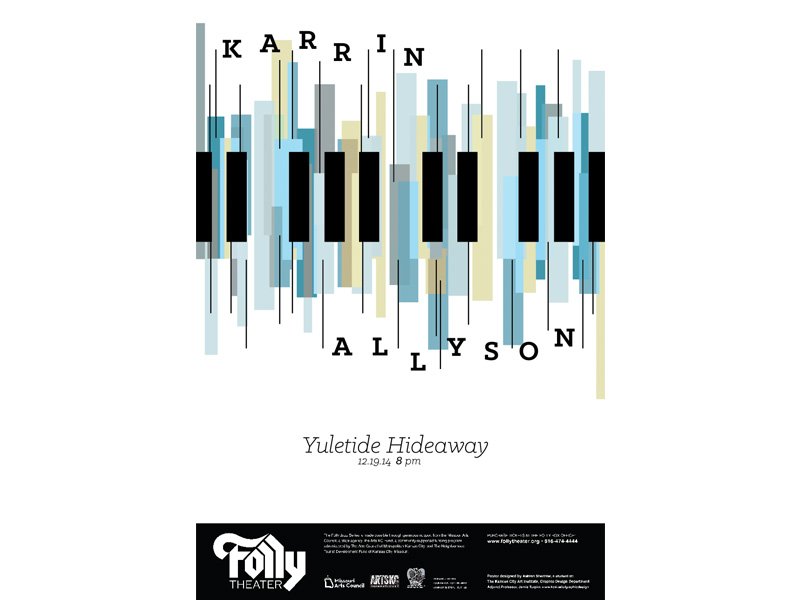
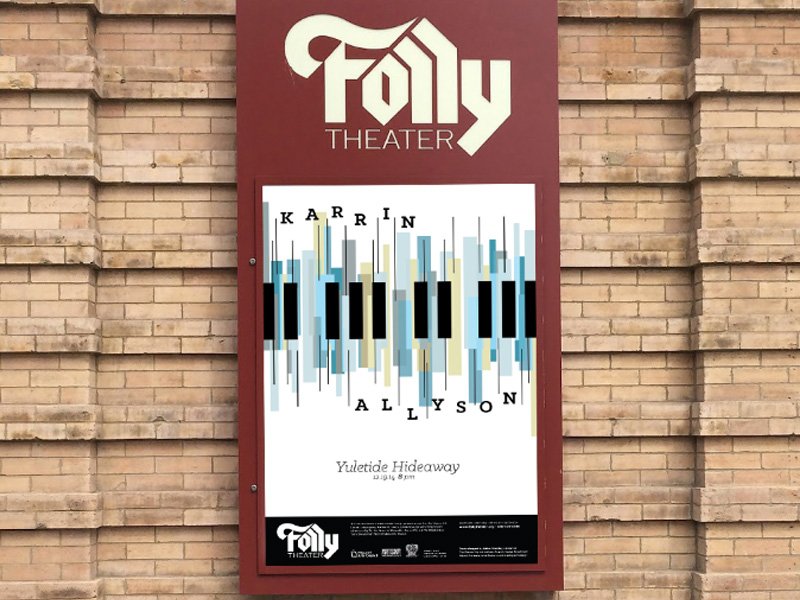
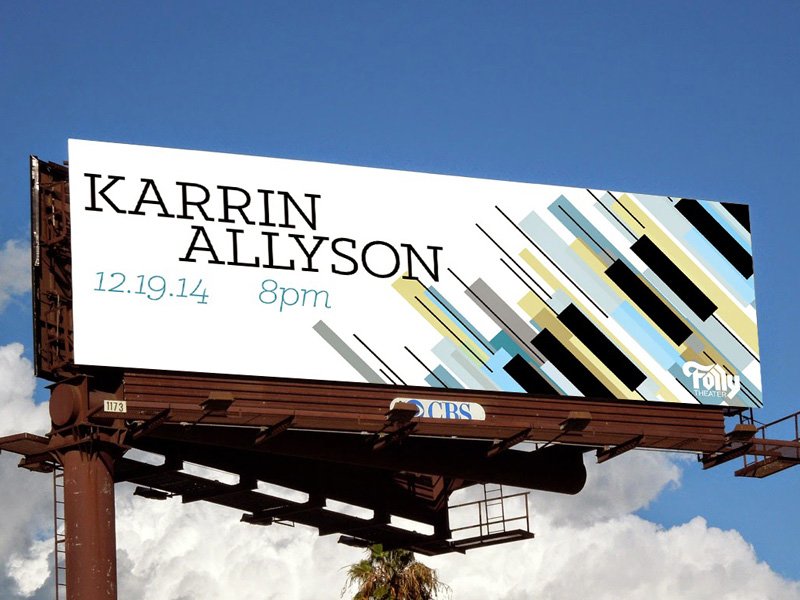
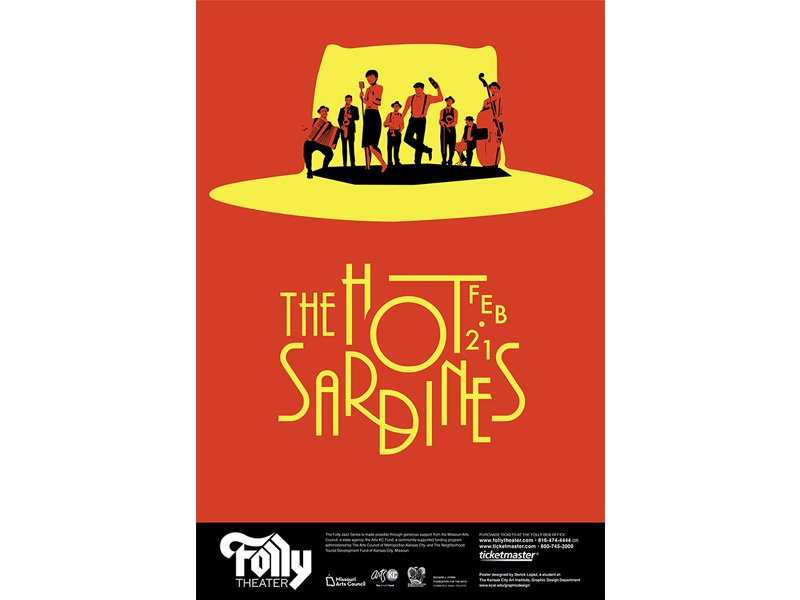
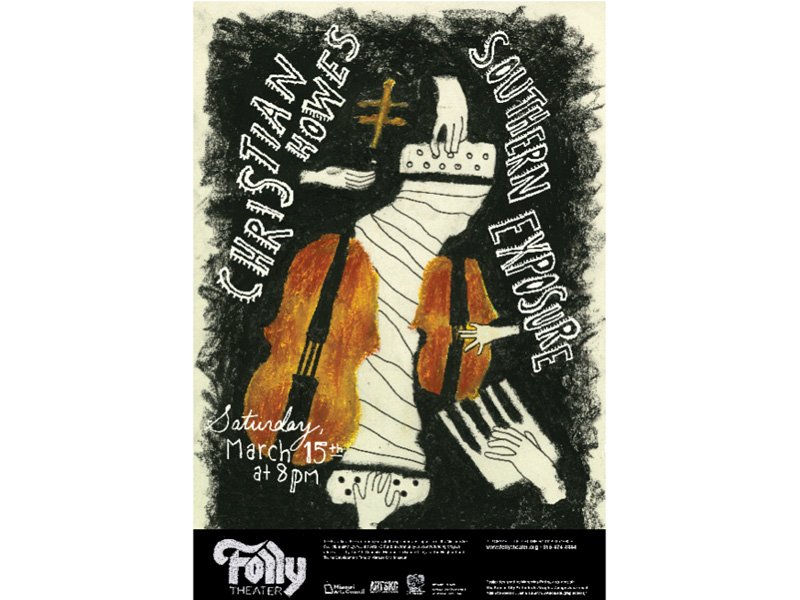

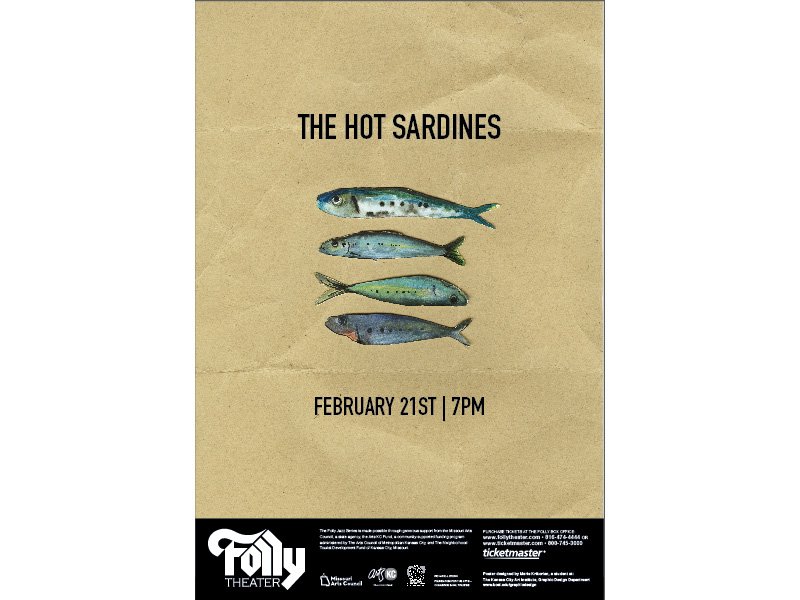
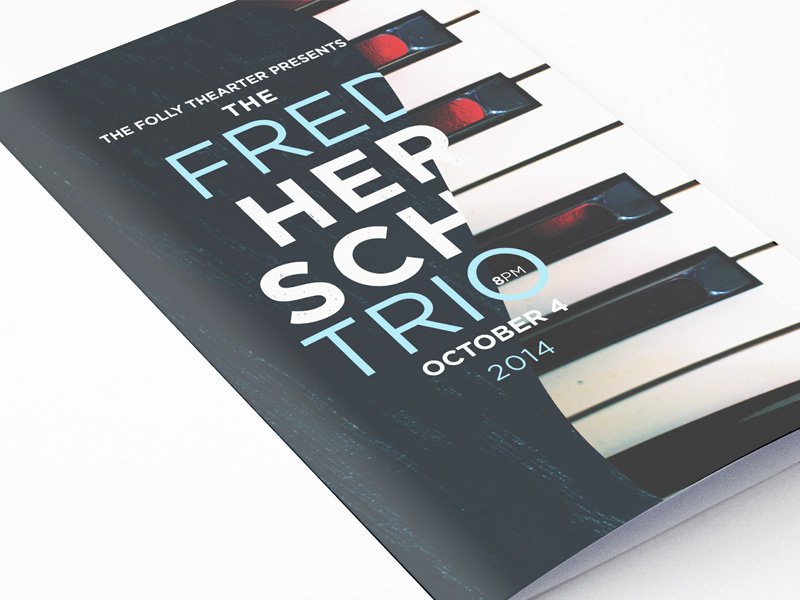

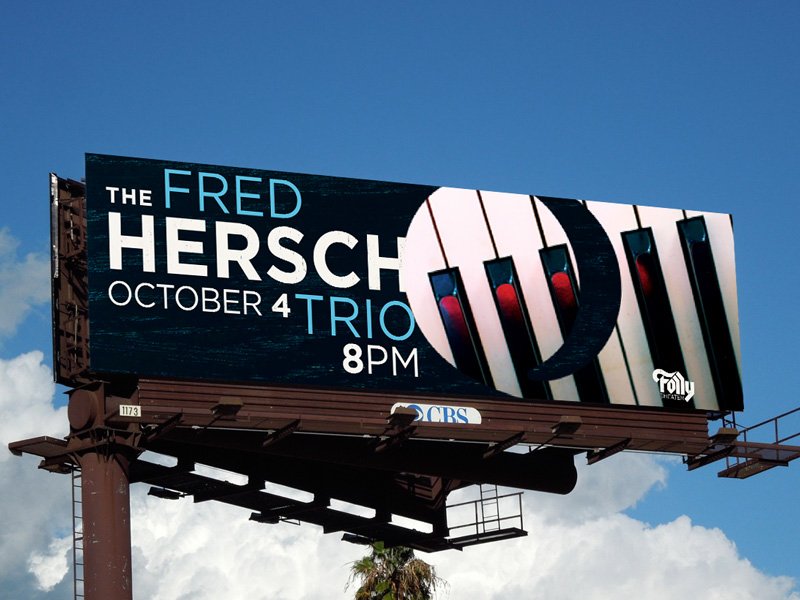
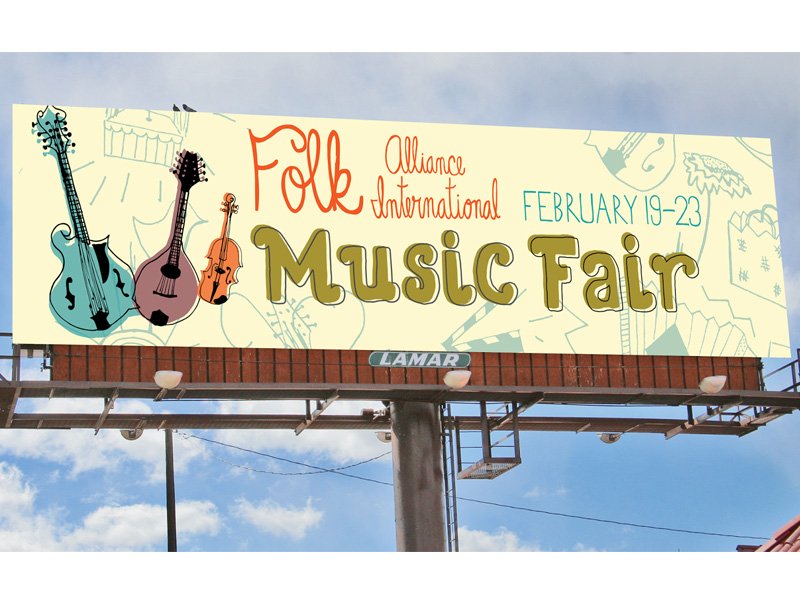

Project one: music poster + Promotion
Design and produce a poster for one of the Folly Theater jazz series concerts or the Folk Alliance Music Fair. Extend the jazz concert poster visual language to a system of other promotional materials, including a program cover, print ad, electronic billboard and 15-second animated save-the-date.
This project is an exercise in:
Visual translation of the immaterial
Marrying innovative form and concept
Building concepts based on user feedback
Adding time and narrative to a single image
Extending a concept into a larger campaign
Objectives
Clearly communicate a message for the intended audience and context.
Communicate memorably using rhetoric.
Exemplify refined and engaging illustration, typography, hierarchy, composition and color sensibilities that are project-appropriate.
Understand at a basic level the process for and value of user feedback.
Engage fully in the design process - research, conceptual and formal iteration and breadth, refinement, and preparing a professional presentation of final work to the client.
Design a cohesive, yet varied, system that is scalable across size and media.
Properly manage files and properly prepare files for print and screen.
Reinterpret concepts across media types.
Deliverables
One professionally printed poster with top-notch concept, visual form, and craft!
Program, front panel
Billboard
Story board and 15 sec ”save the date” animation
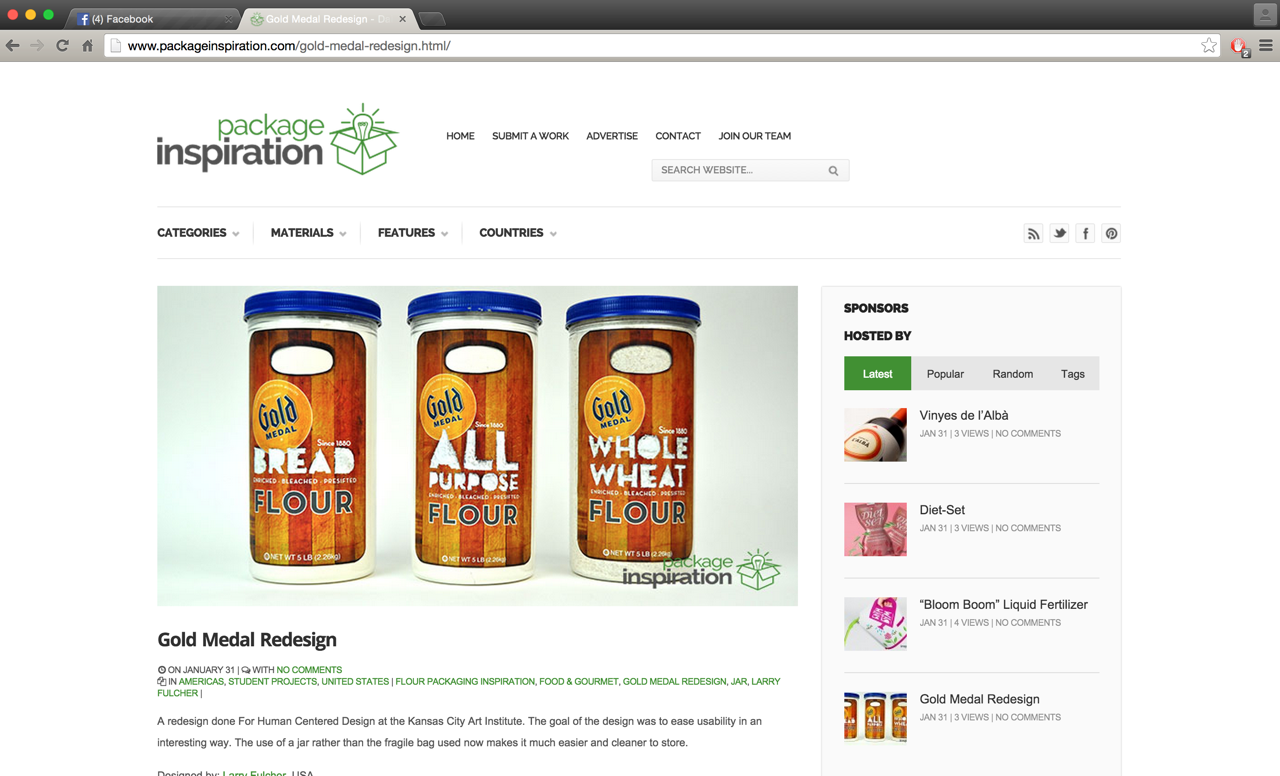
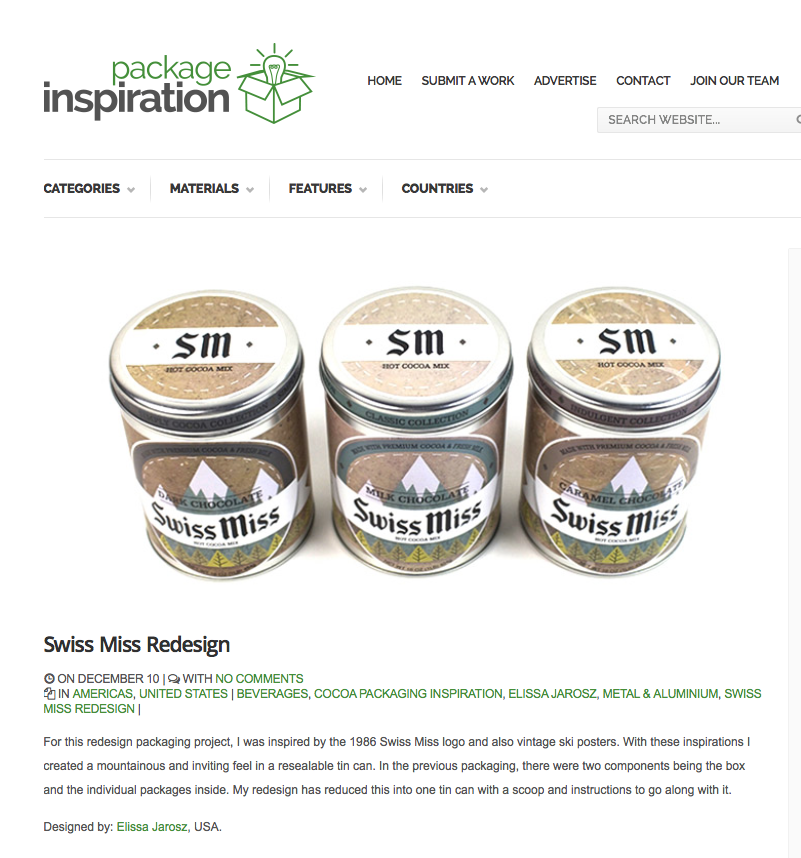
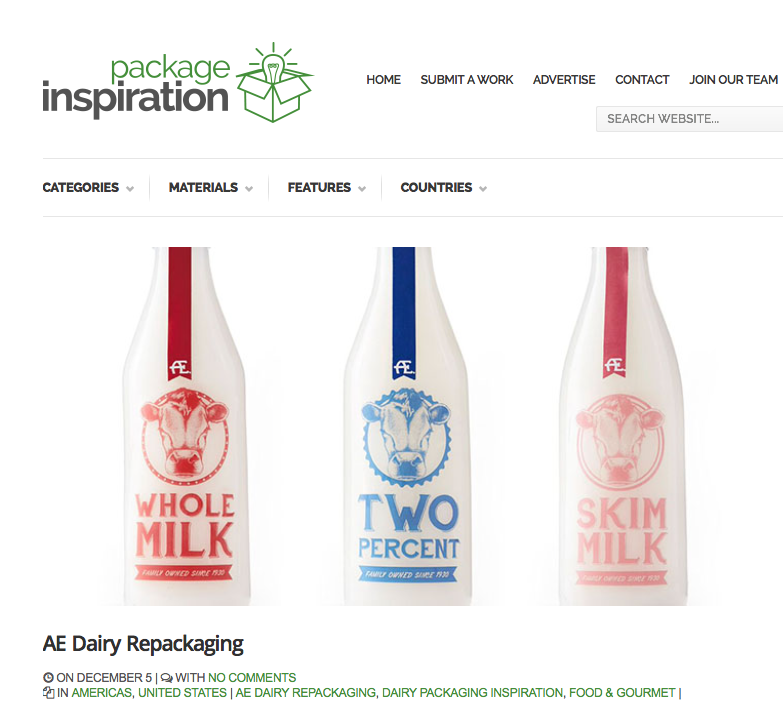
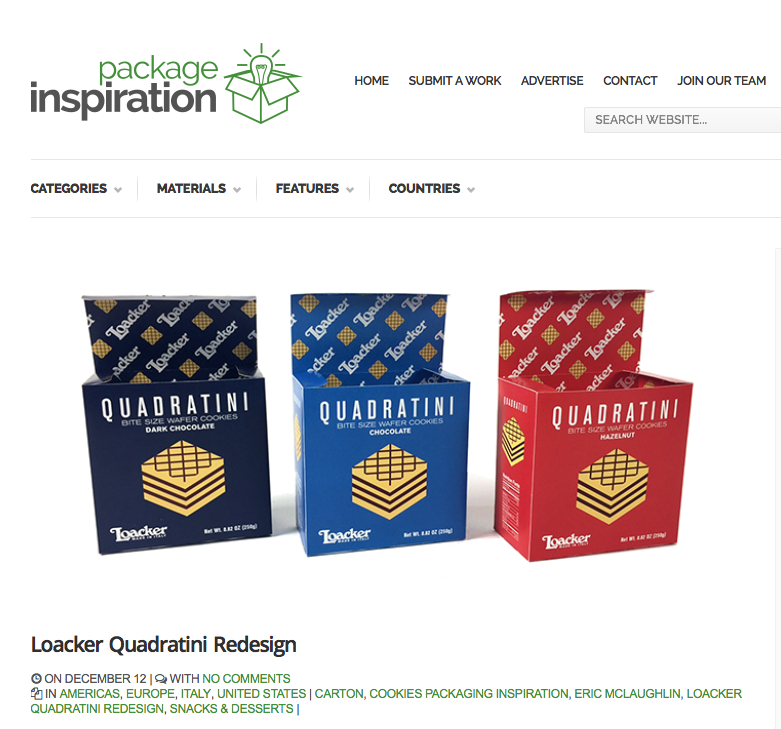
Project Two: Packaging
All shown projects were featured on the Packaging Inspiration website
Professional Practice
The purpose of this course is to prepare each student for entry into the professional design community and set them on the career direction of their choice. We will focus on portfolio building, resumes, and appropriate self-promotional material. Information regarding current design practice and opportunities will be a valuable resource for each student.
Course objectives
Demonstrate a high quality of writing through project statements, cover letters, career goals, blog statements, etc.
Develop an engaging, highly crafted and smart portfolio system (print + digital*).
Present a professional analysis of your interview experiences.
*including, but not limited to: tailored pdf portfolios, website, non wifi-dependent ipad (optional), social media management (behance, linkedin, fb, twitter, etc), print portfolio, leave behinds, mail aheads, business cards, resume, cover letter, thank you notes, etc.
Course structure
Portfolio Development: students develop personal portfolio and job seeking materials.
Lunch Lectures and Presentations: students learn about professional issues regarding current
Design practice and opportunities.
Interviews + Reports: students will go on three interviews and report back to the joint group.
Blog statements about lectures, presentations, readings, etc.
Additional exercises as assigned.
Deliverables
Online portfolio
Social media/online presence
Print portfolio/packaging
Resume
Business card
Leave behind/mail ahead
PDF portfolio (non-wifi ipad option?)
PDF packet
